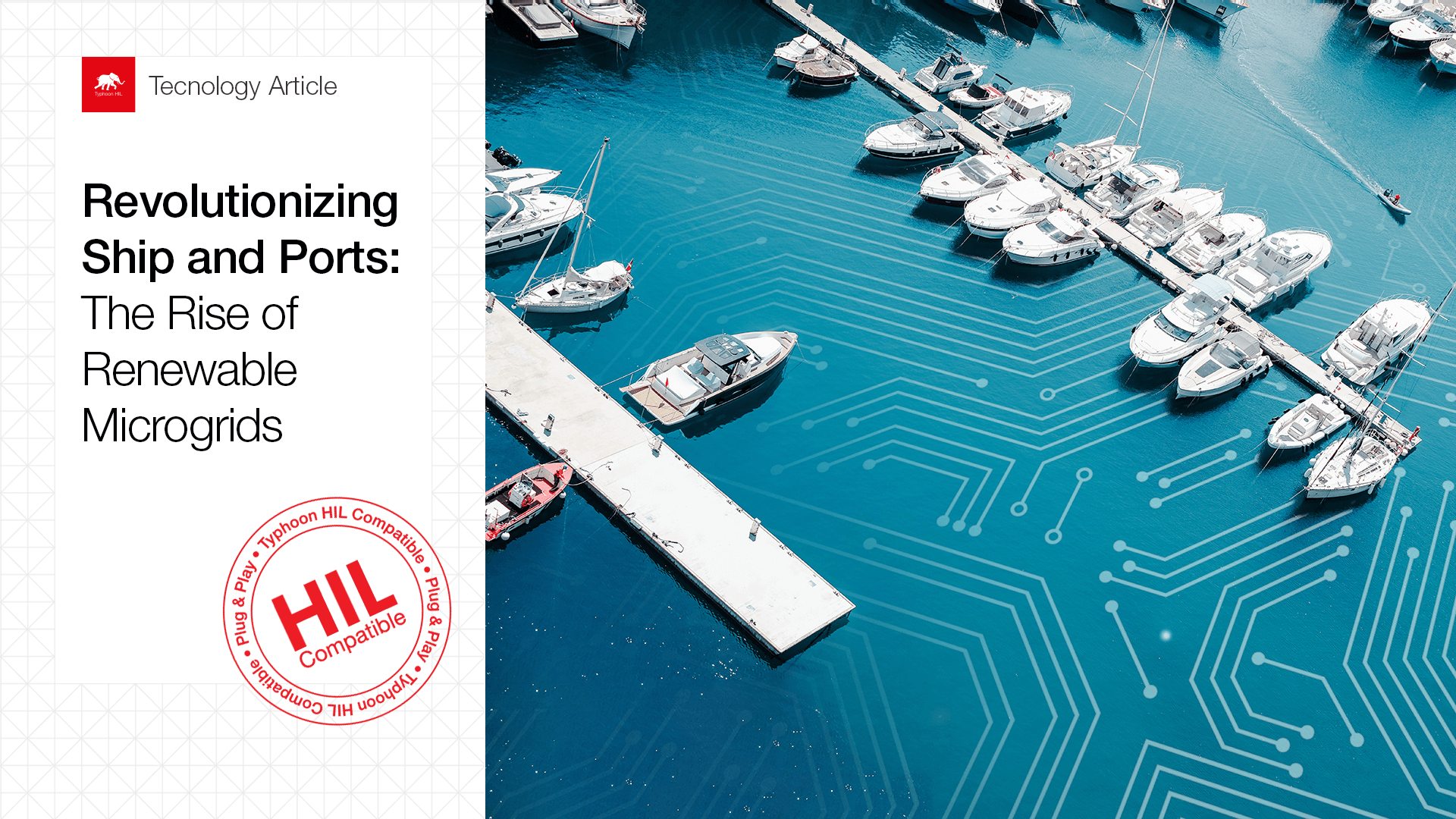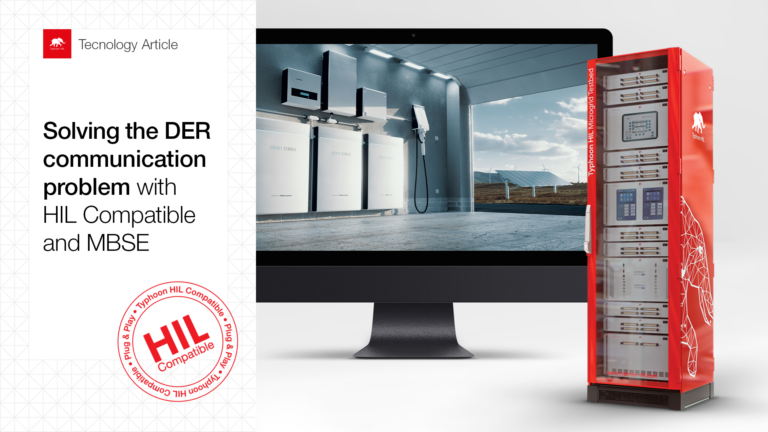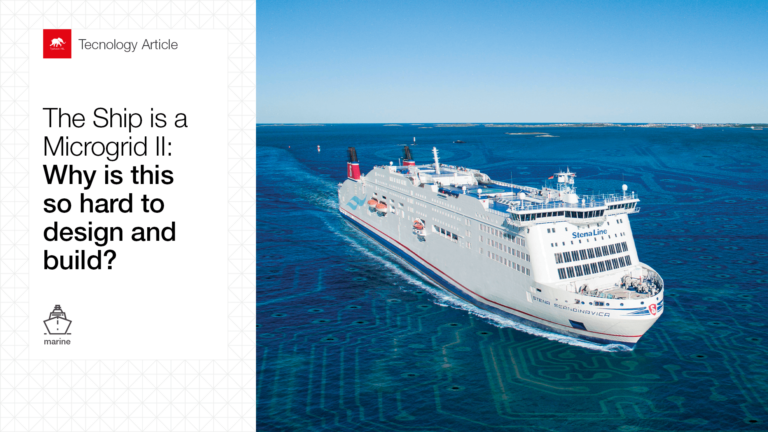Introduction | Integrating Renewables into Marine Microgrids
Port, harbor (marina), and shipboard microgrids all present critical infrastructure for supporting the power needs of vessels that provide essential water transportation services. In recent years, there has been a growing emphasis on making these systems more energy-efficient and green. One way to achieve this is through hardware-in-the-loop (HIL) testing, a technique that allows engineers to validate control algorithms for optimization of efficient energy use and that supports the integration of various distributed energy resources (DERs) into a well-functioning whole.
Modern marinas are microgrids that are supplied by either the main distribution grid or by diesel generators. However, this type of power system is often inefficient and can result in significant fuel consumption and harmful emissions. To address these challenges and become independent from the main distribution grid, it is possible to incorporate a combination of renewable energy sources into the power systems of marinas, such as solar panels and wind turbines, as well as energy storage systems to balance supply and demand.
Integrating renewable power sources and battery storage into a cohesive system and electrifying shipboard power systems can be a complex task, requiring careful planning and testing. Hardware-in-the-loop testing is a technique that allows engineers to simulate various scenarios and test control algorithms in a controlled environment, without the risk of damaging equipment or causing downtime. By using this approach, engineers can optimize system performance, ensure its resilience in the face of disruptions, and reduce the risk of operational failure.
Demo | Marine Microgrid Testbed
This demonstration features a controller hardware-in-the-loop (C-HIL) simulation of a shipboard microgrid in a Typhoon HIL testbed. The featured controllers and protection relays include a Woodward easYgen-3000XT Diesel Genset controller, a SEL-751 protective relay, a Schneider Electric AccuSine active filter controller, and an EPC Power battery inverter controller. This example demonstrates how testing different components integrated into a power system can be done using a HIL testbed for real-time simulation paired with HIL Compatible devices. This allows for optimizing energy use and making the system more energy-efficient – since the greenest energy is the energy we don’t use.
Demo | Green Marina DC microgrid
This video demonstration features a DC-controlled microgrid of a green yacht marina. It brings to you the work developed within the Energy and Digital Systems Engineering Program at the University of Trieste (UniTS). This demo is presented to you by Andrea Alessia Tavagnutti, a PhD student with the Digital Energy Transformation and Electrification Facility (D-ETEF) at UniTS. The example demonstrates how solar panels and battery storage systems can be integrated into an existing marina microgrid, to provide additional energy resilience, and independence from the main grid, as well as achieve higher energy sustainability and efficiency.
Conclusion | Enabling a Greener Future with HIL Testing
Ship marinas and shipboard microgrids play a critical role in the maritime industry, and making these systems more energy-efficient and resilient is an important goal. Hardware-in-the-loop testing is a valuable tool that can help engineers optimize system performance and reduce the risk of operational failure, ensuring that these systems continue to provide reliable power and services to vessels around the world.
Typhoon HIL is proud to work together with numerous industrial and academic partners to engineer and promote sustainable power technologies that scale. To this end, we joined the Solar Impulse Foundation Alliance and as of November 2022, our Microgrid Testbed with Generic Models became certified as a Solar Impulse Efficient Solution, making it possible for the testbed users to develop and test their own energy-efficient power systems.
To learn more about the ways we address marine microgrid challenges, you can visit one of our earlier blogs on these topics, including Design Solutions When Your Vessel is a Microgrid, The Ship is a Microgrid (Part I): Why is this so hard to design and build?, and The Ship is a Microgrid (Part II): Why is this so hard to design and build?
Credits
Text | Debora Santo, Andrea Alessia Tavagnuti, Simisa Simic, Aleksandar Kavgic, Sergio Costa
Visuals | Milica Obradovic, Karl Mickei
Editor | Debora Santo



